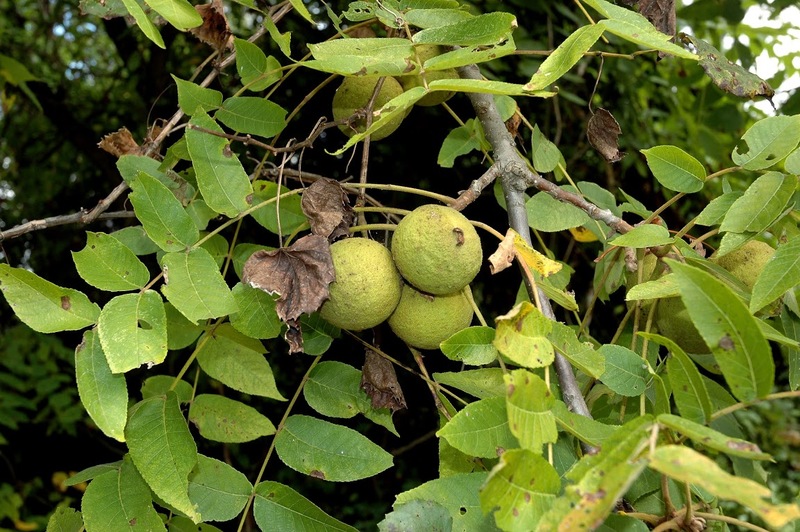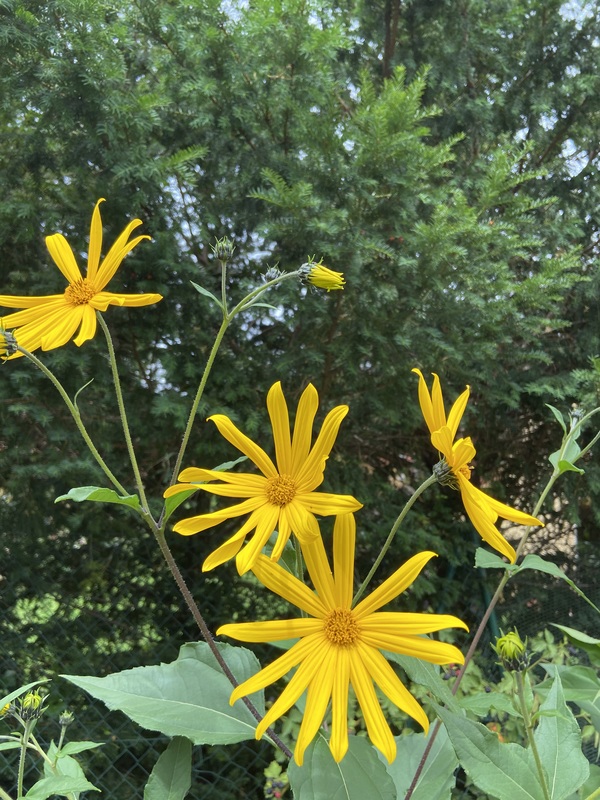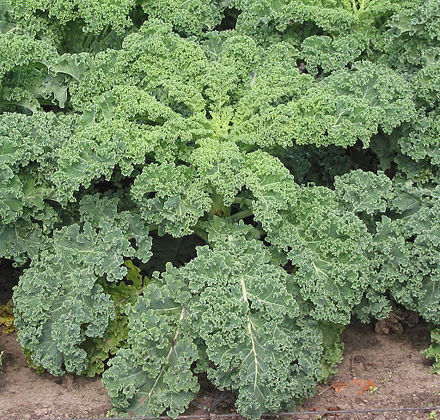Description
The sweet chestnut, scientific name Castanea sativa, is a large deciduous tree native to southeastern Europe and Asia Minor. It is also widely cultivated in other parts of the world. It has a tall, straight trunk and can grow to over 100 feet in height. The leaves are oblong and sharply serrated, and the flowers are small and inconspicuous. The fruit of the sweet chestnut is a spiny burr containing one to three shiny, dark brown nuts.
The sweet chestnut prefers well-drained, deep, fertile soil and full sun, but it is adaptable to a wide range of conditions. It is a relatively slow-growing tree, but it can live for over 500 years. In its native range, it is often found in mixed forests with oaks and other hardwoods. It is winter hardy and can withstand temperatures down to -20 degrees Fahrenheit.
The nuts of the sweet chestnut are edible and are often roasted and eaten as a snack or used in baking. They can also be ground into flour or used to make a sweet and nutritious chestnut puree. The nuts can be stored in a cool, dry place for several months.
In addition to its edible nuts, the sweet chestnut has a number of other uses. The wood is strong, straight-grained, and easily worked, and it has been used for furniture, flooring, and other purposes. The bark contains tannins and has been used for tanning leather. The leaves can be used as animal feed, and the tree provides habitat and food for a variety of wildlife, including birds and small mammals. The sweet chestnut also has some medicinal uses and has been used to treat a variety of ailments.




